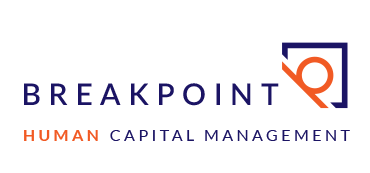When It Clicks
The start of all great transformations begins with the click of realization that there is a problem or an opportunity to be leveraged for further success. This could be the realization that your product is no longer viable, the realization that a competitor has capitalized on an overlooked part of the market, or even a realization that you could scale-up to do even better.
These realizations usually originate during conversations with your customers. By keeping clear lines of communication and ensuring frequent check-ins, actively structuring intersections in the relationship to elicit valuable insights. The key point here is that the need for change will always be presented to you through your customer’s needs. The rise of Netflix, which started by offering the same services as brick and mortar stores, capitalizing on a customer need created a giant.
To best recognize an opportunity your organizations has to be in a state of differentiation. Differentiation depends on your organization having a varied pool of skills, talents, and capabilities that allow it to see and act upon an opportunity quickly and effectively. The quickest way to differentiate your organization internally is to create a culture of innovation and improvement; that’s people.
This search for the next pivot can be greatly assisted by an iterative talent management process. Talent management is about the timely acquisition of talent and the growth and deployment of that talent to obtain the best return. This is about structuring the partnership of people and opportunities to create organization differentiation. This is when you hear a click the loudest. As an organization leaders think about who are their best people and why they stand out. What are their unique skills and abilities. Then ask your customer well defined questions that will build a blueprint of opportunities. Match the skills and abilities that you can build or buy to the best customer opportunities, then test them with a defined risk-reward analysis, and finally plan and execute.
Ultimately the ability to see the next great opportunity is reliant on the quality of the communication with your customers, your ability to create differentiation within and without the organization, and the refining of your Talent Management process. When all of these ingredients of success are brought together by skillful leadership your organization becomes more adaptive, more successful.
Justin De Bonis
Associate People, Culture and Engagement

